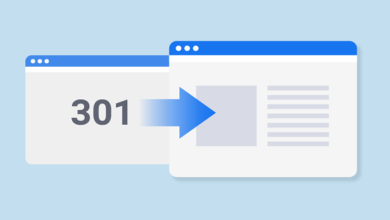Solving SEO Roadblocks

Do you know the part of an instruction manual that’s just labeled Troubleshooting? It’s sort of a catchall for problems you might have that don’t fit anywhere else in the manual, with tips for what you can do about them. A place for us to address miscellaneous problems you might run into and give some advice on how to resolve them.
Inviting Spiders to Your Site
You may have pages that are missing from one or more of the search engines, which causes lower or non‐existent search engine rankings. If you suspect a specific page is missing, find out for sure by entering a long snippet of text from that page in a search query, enclosed in quotation marks like this: [“Here’s a long snippet of text taken directly from the page”]. The quotation marks force the search engine to look for an exact match, so your page should come up in the results if it’s in the index at all.
If you discover important pages that haven’t been indexed, you need to invite the spiders to your site. You want them to travel all your internal links and index your site contents.
Avoiding 302 Hijacks
Here’s a scenario that we hope never happens to you: Your website is running smoothly and ranking well with the search engines for your keywords. One day, you find that your search engine traffic is dropping dramatically. Then you notice that your pages have disappeared from the search engine results pages.
An unethical way to use 302 Redirects is called 302 hijacking. This technique exploits the way search engines read 302 Redirects in order to cause a web page’s traffic and SERP rankings to be drained away and given to some other page. The hijacker is basically stealing your website, rankings, and search traffic
Handling Secure Server Problems
You may have pages on your site where users provide sensitive data, such as a credit card number or other type of account information. The Internet solution for protecting sensitive information is to put those web pages on a secure server. Technically, this means that the web page is on a secure port on the server, where all data is encrypted.
if they can get to them. Banks usually have secure pages indexed because they often put their entire site on an https://. Because of the nature of their business, it makes sense that banks want to give their users the utmost level of confidence by securing their whole site. It’s a good user experience for a page to show up when a user’s searching for it, for example, if a user is looking for her online banking login page.
Your secure pages should have only an https:// version. Don’t offer a non‐secured duplicate version. If you do have a duplicate‐page situation, include a canonical tag that tells search engines which page is the best one to use. All links to and from secure pages should be full path links, meaning they begin http:// or https://. Using relative links to secure pages is just asking for trouble.
Last word
If you currently have secure pages that don’t need to be secured, redirect them to the http:// version by using a 301 (permanent) Redirect. That way, any links going to the secure pages are automatically redirected to the right pages. The same goes for non‐secure pages that should be secured, only vice versa.




